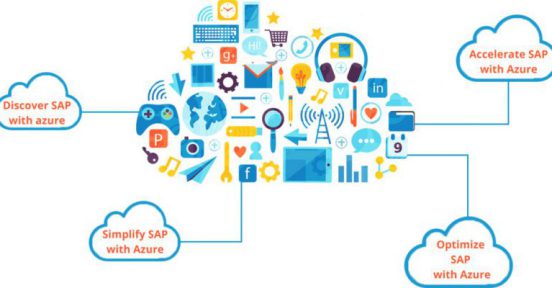27 . 11 . 2024
Upgrade in place: Efficiently upgrading server operating systems
How to upgrade server operating systems using the Upgrade in Place process, a reliable solution to update without service interruptions.
Table of contents
An oil company with over 1,000 employees faced the challenge of updating its Microsoft server infrastructure quickly and securely. At Wezen, we implemented an Upgrade in Place process across 40 servers, optimizing time and minimizing interruptions.
Here, we detail the strategy we developed to achieve these results in an organized and secure manner.
The challenge: Upgrading IT infrastructure
This oil company, with over 1,000 employees, encountered the challenge of an outdated Microsoft server infrastructure. It managed 40 physical and virtual servers (on-premises with VMware), whose operating systems had either reached or were nearing end-of-life. While VMware infrastructure was in place, the virtual machine and physical server operating systems needed upgrades to ensure operational continuity.
When we started the project, the company requested:
- Upgrading server operating systems to the latest version.
- Minimizing downtime.
- Optimizing the upgrade process.
To meet the client’s goals, we designed a strategy based on upgrade in place for most servers, following a detailed and organized process.
What is Upgrade in Place?
Upgrade in place is the process of updating a system or software directly on the existing infrastructure, without the need to duplicate hardware or create parallel environments.
Although this approach was less feasible in the past, technological advancements have made it a reliable solution, allowing for operational continuity with minimal impact on services.
Today, this method enables organizations to upgrade while minimizing disruptions and optimizing resources.
Steps of the strategic upgrade in place process
The key steps included:
- Server planning: We identified and prioritized servers based on their criticality and the impact of the upgrade.
- Availability coordination: Together with the client, we determined which servers could be upgraded during business hours and which required after-hours updates.
- Compatibility analysis: We assessed the services and roles on each server, evaluating compatibility with the target operating system versions. In some cases, such as SQL Server machines, it was necessary to upgrade SQL software first to ensure compatibility.
- Detailed upgrade scheduling: We planned the daily upgrade schedule, specifying timelines and estimated durations for each task.
- Upgrade and rollback procedures: We established a precise process, including safeguards and a rollback protocol, to address any unexpected issues.
Benefits and results of upgrade in place
Thanks to the upgrade in place approach, we successfully upgraded the company’s infrastructure while minimizing interruptions and enhancing efficiency:
- Minimal downtime: Each server took between 45 and 120 minutes to upgrade, maintaining operational continuity.
- Ensured compatibility: 90% of servers were upgraded without issues. Specific cases were resolved with targeted technical adjustments.
- Efficient updates: While traditional migrations often take 3–6 hours per server, the in-place method proved significantly faster.
As we can see from the following testimonial, the Wezen team’s experience was very positive.
“The planning and preliminary assessment were crucial to the success of the upgrades. This preparation ensured that service downtimes were minimal. The effectiveness of the in-place upgrade exceeded expectations, both in terms of time and system stability. Microsoft has made substantial improvements to this type of update. Traditionally, setting up a parallel server, migrating roles or services, and then transitioning could take 3–6 hours per server and often required additional vendors. The in-place update took only 45 to 120 minutes per server.” — Facundo Peral, Operations Analyst at Wezen
Challenges and lessons learned in the implementation process
Even with meticulous planning, certain challenges required specific solutions, including:
- Technical adjustments: A small percentage of servers needed tailored fixes to resolve unique issues.
- Enhanced reliability: The experience confirmed that Upgrade in Place is a dependable process when executed methodically and with a detailed analysis of each server’s requirements.
Compared to earlier methods, where this approach was less stable, Microsoft operating system using upgrade in-place option now represent a safe and efficient alternative.
Upgrade in place: Evolving server operating systems
Through this Upgrade in Place implementation, Wezen successfully modernized the oil company’s infrastructure securely and efficiently.
Detailed planning and close collaboration with the client enabled us to optimize timelines and minimize the impact on operations. This case demonstrates that when properly organized, in-place upgrades are a fast and reliable option without the need for complex migrations.
Looking to optimize your company’s IT infrastructure? At Wezen, we specialize in tailored technological solutions. Discover how we can modernize your systems while maintaining operational continuity. Write to us.



